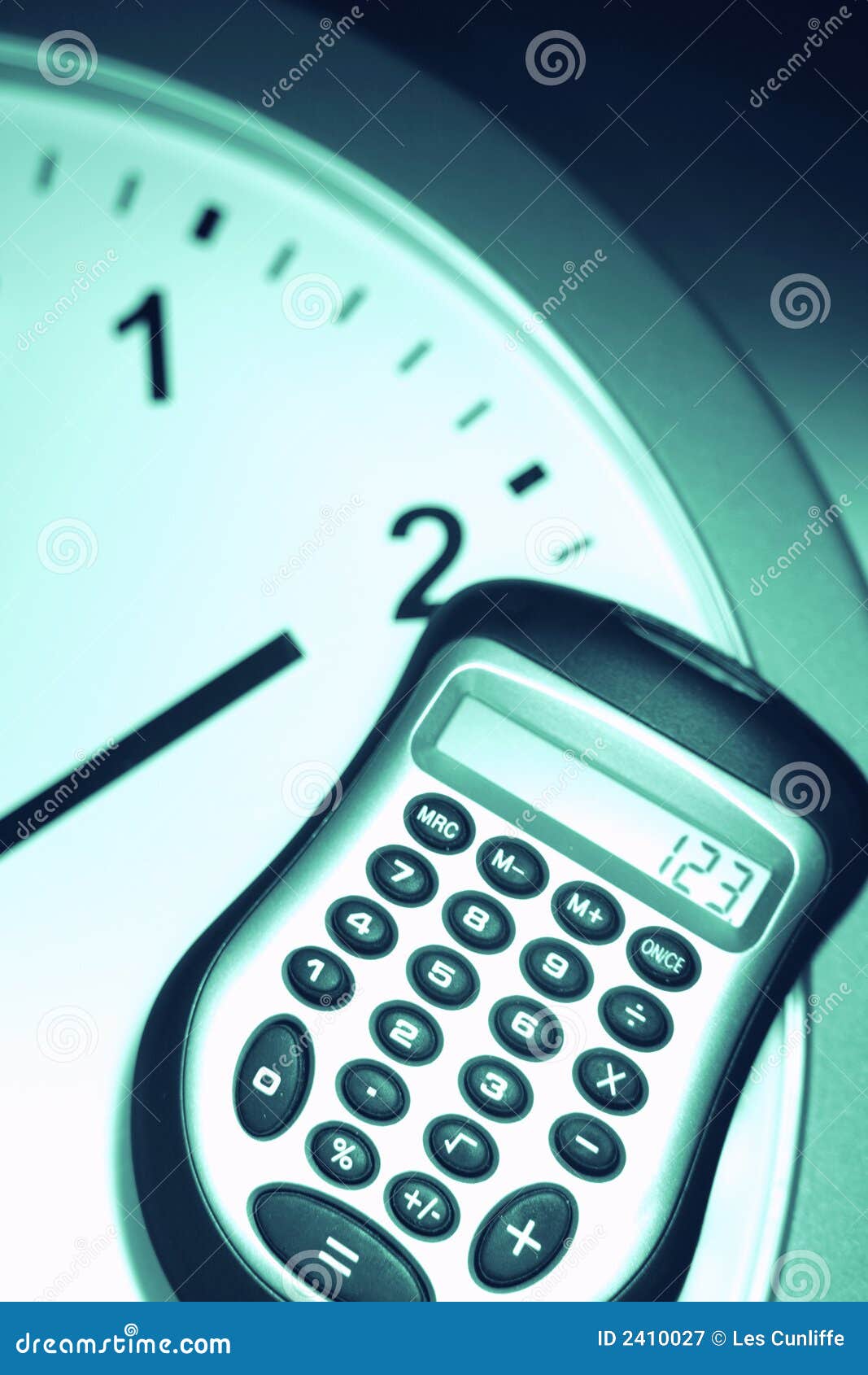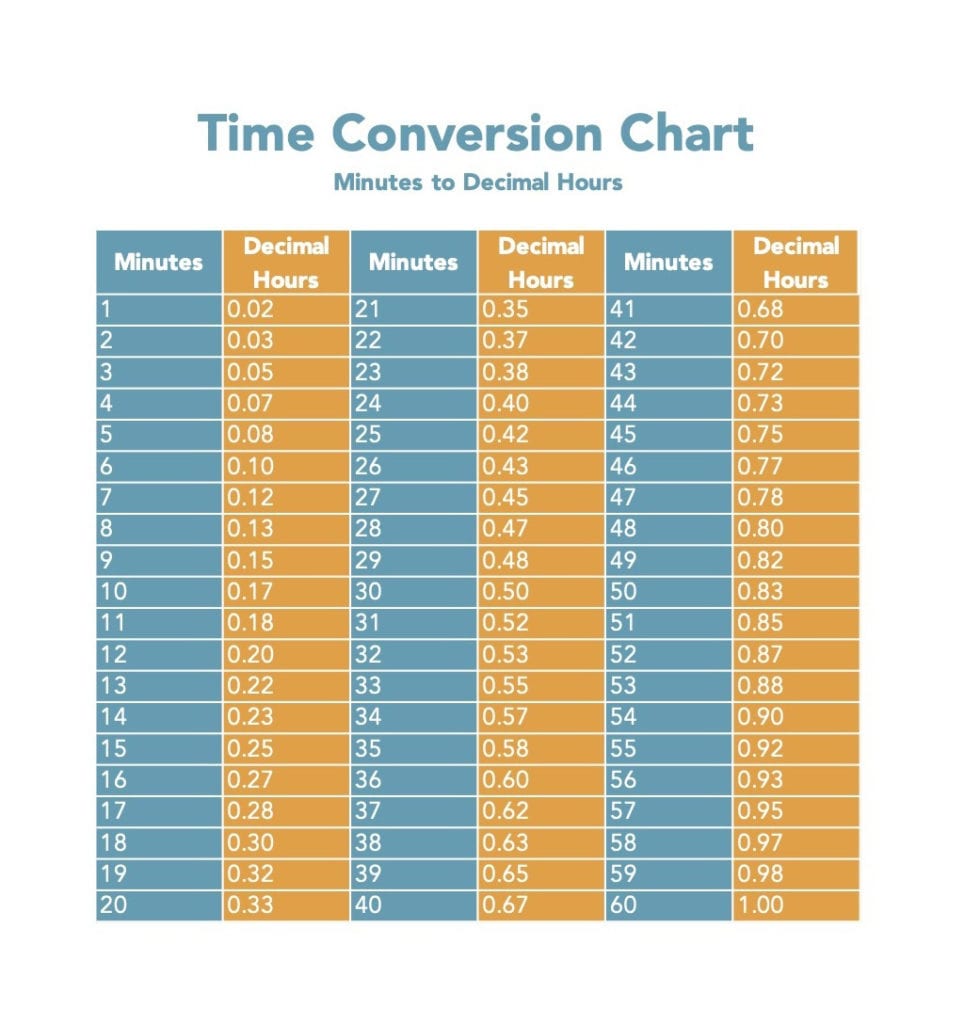
Typical "exempt" positions include executives, sales people, seasonal workers, farm workers, and other salaried professionals.

Nonexempt employees, most of which are hourly workers, are those entitled to both minimum wage and overtime pay of at least 1.5x their standard wage.Įxempt employees, on the other hand, are not protected by the FLSA and therefore not entitled to overtime pay. according to the FLSA: exempt and nonexempt. There are two kinds of employees in the U.S. Make sense? Exempt and Nonexempt Employees $20 (your normal hourly wage) 40 (the amount of regular hours you worked) + $30 (your 1.5x overtime hourly rate) 5 (the amount of overtime hours you worked). Your total hours worked would tally 45 (40 regular and five overtime hours), resulting in $950. Let's say that you worked a total of nine hours a day, Monday through Friday, and your base pay is $20 an hour. Using the time card calculator above, you can easily discover your weekly wage, including overtime. In the U.S., federal law mandates that employees who have clocked more than 40 work hours in any given work week are entitled to a minimum of one and a half times pay for each extra hour. While on the topic of wages, there are a few more important details you need to be aware of: Overtime
On the clock calculator full#
This is a full dollar higher than the Federal minimum wage, but employees residing in the Sunshine State are entitled to this higher amount. In the case that these two figures conflict, employees are entitled to the higher of the two wages.įor example, the minimum wage in Florida is $8.25 an hour. But many states in the Union also have their own minimum wage requirements. In the U.S., the federal minimum wage is currently set at $7.25 an hour, as established in the Fair Labor Standards Act (FLSA). Once all relevant details have been entered into the time card calculator, you'll be able to easily see an accurate calculation of your weekly earnings. You'll need to adjust this figure if your organization uses a different rate. Many companies pay time and a half for hours worked above a typical 40-hour work week, so that's what this time card calculator defaults to. Step #4: Enter your overtime rateįinally, again referring to your company's payment policies, insert your "Overtime Rate". How much do you make per hour? Simply input your hourly rates into this field. This is usually 40 hours per week if you are a full-time employee. Skipping over the "Rounded Time" section which is just a calculation of the hours you tallied above and cannot be changed without adjusting the actual time card, we come to the "Calculate Overtime After" box where you can set the weekly number of hours after which you're paid overtime wages. Choose the option that corresponds to your company's payment policies. The first area, titled "Rounding?", allows you to round your time to the nearest 5, 10, 15, 30, or 60 minute mark, or turn off rounding all together. You'll notice that there are five areas of information, four of which you can manipulate.


Step #2: Decide a rounding optionĪfter your time has been posted for each day of the week that you worked, scroll down to the "How Much Did You Earn?" section. The "Total" column then tells Jim he worked 7.5 hours on Monday. He also inputs "13:00" for the "Break In" time, "13:30" for the "Break Out" time, and "17:00" for the "Clock Out" time. To accurately tally his hours for the day, Jim puts "09:00" into the "Clock In" column for Monday. He then clocked out at 5:00pm that evening.

He took a break at 1:00pm for 30 minutes before resuming his duties. For example, Jim started work at 9:00am on Monday. It's important to remember that this time card calculator works in a 24 hour time format. Add the time you clocked in and out for each day worked, as well as the start and end times of your break. You'll notice that every day of the week gets its own row. Step #1: Enter all your hoursįirst, you'll need to input your hours for the week into the time card calculator. Simply follow these steps and you'll be able to tally your weekly timecard hours in no time.
On the clock calculator free#
At the bottom of the group you may Clear All Values or Reset All Values.We've made it as easy as possible to use this free time card calculator. Accuracy is calculated to 5 decimal places and the Clear Values buttons are for the individual calculator only. The results are very unexpected and staggering in size if extreme accuracy is a goal. This group of three calculators converts timekeeping accuracy measurements of any clock or timer from errors (real or potential) measured in millionth's of a second to real-time inaccuracy described in seconds per day and minutes per year, or from any of the other two factors to the unknown factors. This calculator requires the use of Javascript enabled and capable browsers.


 0 kommentar(er)
0 kommentar(er)
